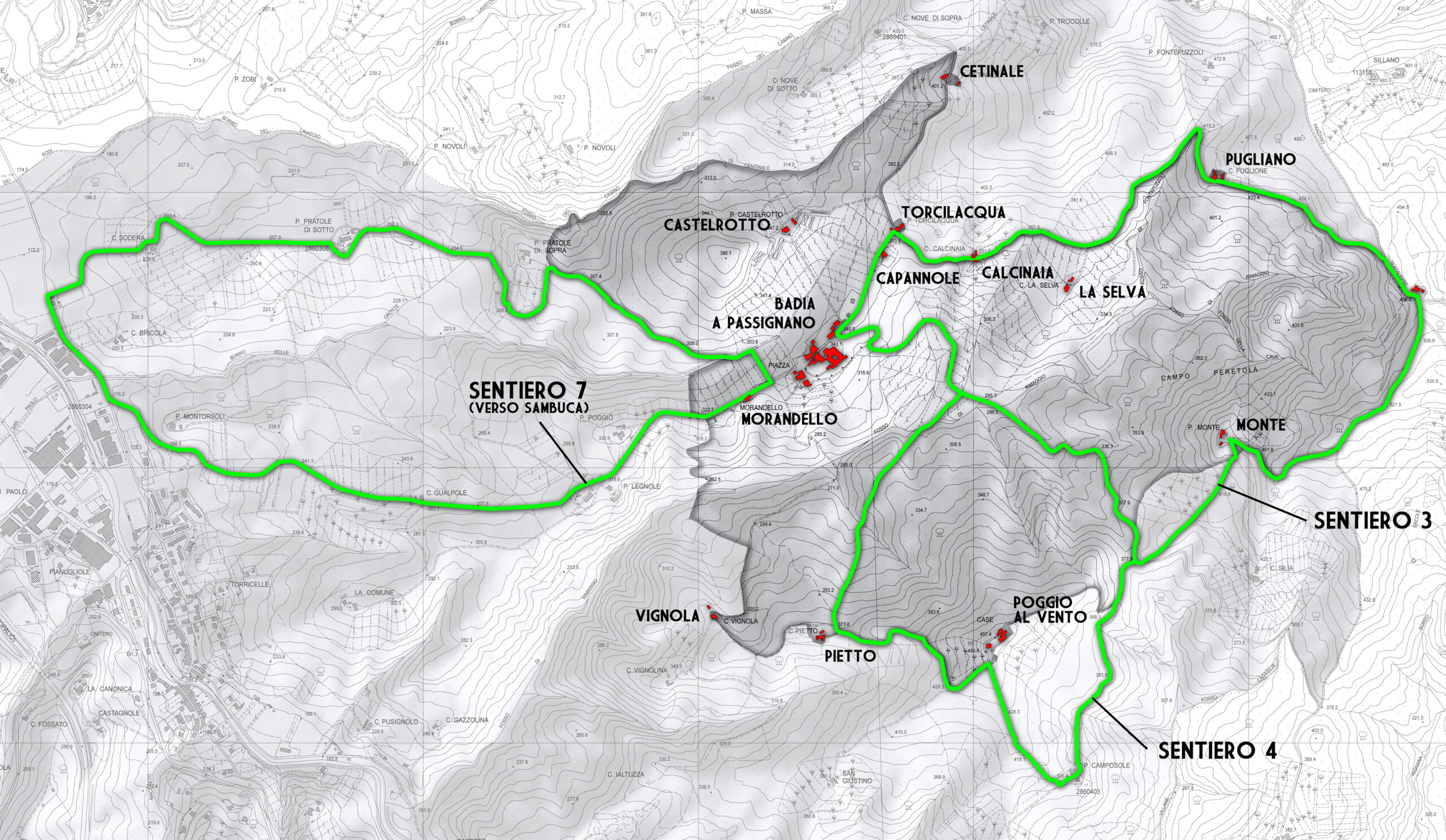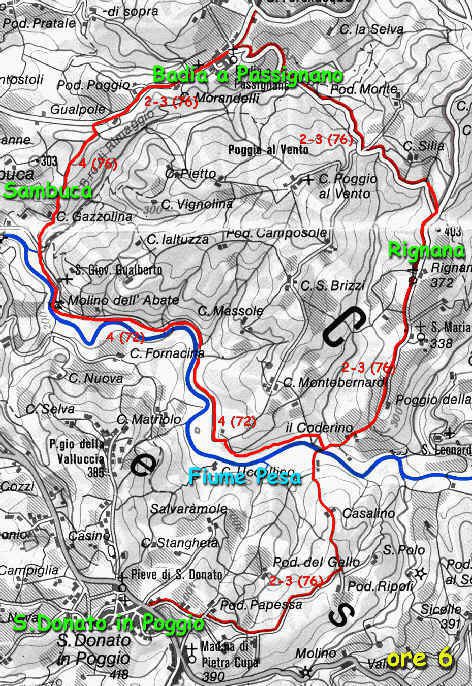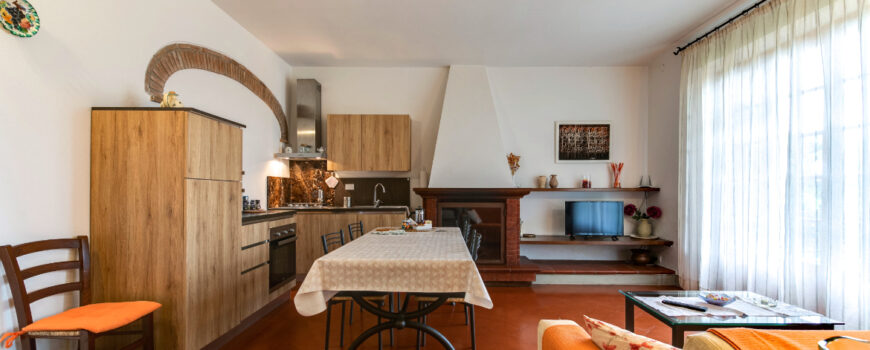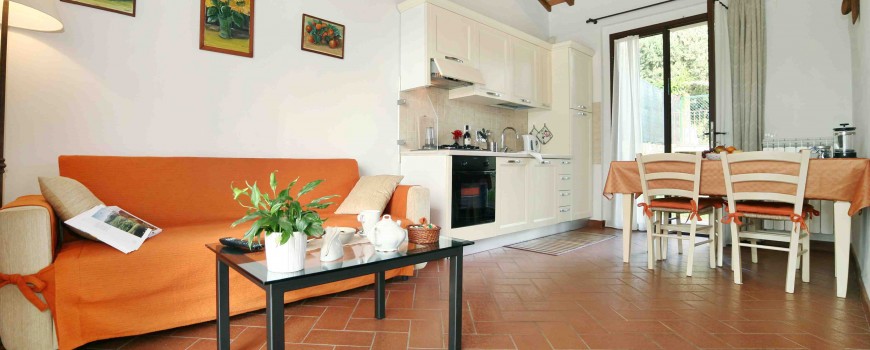Below you can find some services that we offer to our Guests, as well as some suggestions for things to do in the local area.
- Organization for airport and train station pick-up and drop-off
- Arrangement visits to Medieval towns and cultural sites
- Environmental guides reservation for trekkings and excursions in nature
- Reservations for Wine and Food tours in Chianti, sampling typical regional products
- Reservations for Museums, events and concerts in Tuscany
- Reservations for Italian Cooking classes (also Pizza Making cooking class)
- Organization and personalization of your PICNIC in nature: equipped Picnic basket rental
- Reservations of Astronomical observations at the Chianti Observatory (OPC)
- Sporting activities: Secure Bike parking (free), Bike rental (15 €/day), reservations for Horse riding, Tennis courts, Golf courses etc. (In one of the public parks in San Donato there is even a Basketball court / Rollerskating rink)
- Organization for Vespas and Scooters rental
- Thermal Spa booking
- Reservations for physiotherapeutic massages
- Hot-air balloon booking
- ELECTRIC VEHICLE CHARGING STATION (on site)
… and lots more!
We will be happy to suggest places to visit and to provide you with any information that you may require to help you to create a highly personalised holiday, full of wonderful experiences and memories !
Click on the image below to check the official website of Tourism in Chianti:
Get all useful information to visit our beautiful region and better organize your holiday in Chianti: ideas, itineraries and tours in the name of Art and Culture, Food and Wine, Nature and breathtaking Landscapes …
Trekking: Protected areas and Touristic trails

The Chianti area around San Donato is rich of paths and trekking routes, which you can do both on foot and by bicycle. At this LINK you will find information and download some local maps.
A more complete list of trekking routes in Chianti can be consulted HERE, where a specific section is dedicated to the paths in our Municipality of Barberino Tavarnelle.
Among the most interesting trails, we suggest you the one which goes from San Donato to Badia a Passignano, the ancient monastic complex of San Michele Arcangelo Abbey.
At this LINK you can find more hiking trails inside the Protected Natural Area of Badia a Passignano.

Badia a Passignano was founded on an isolated site reachable via a branch of the road known in Medieval times as the “strada senese del Sambuco”, the route to Siena preferred by the Florentines until at least the year 1200.
The Abbey, founded in 1049 as a consequence of the Vallombrosan monastic reforms, takes the form of a quadrangular fortified monastic complex with corner towers. Towards the middle of the 15 century the convent was enlarged by the addition of cloisters and a wall.
The principal structures open onto the courtyard, which is reached by passing along a tree-lined road. Among these is the Church of Saint Michael Archangel, which probably dates back to the 13 century, based on the facade which is covered in “filaretti di albarese”, and the bell tower, both of which are unfortunately much restored. The crypt of the church, roofed by cross vaulting resting on four columns with simple capitals derives, in contrast, from a preceding Romanesque structure.
The church possesses a unique nave in the form of a latin cross. It was reconstructed in the second half of the 16 century and then once again at the start of the 18 century and in the middle of the 19 century. The wooden partition that divides the church dates from 1549 and is the work of the vallumbrosan convert Michele Confetto, who also carved the wooden choir with inscriptions in Greek and Hebrew. Badia a Passignano, in fact, was also a centre of oriental language studies. The sacristy dates from the second half of the 16 century.
The entrance doorway to the monastery is located in front of the church. The monastery is occupied by a tiny community of vallombrosan monks, and may be visited upon request Sunday afternoons when a guide is made available. From the main doorway, one enters a small square characterised by two towers and a mediaevalised prospect resulting from reconstruction after 1870 when the complex became private property. The stone entrance, in contrast, is original and dates from the 15 century.
 La Compagnia del Chianti
La Compagnia del Chianti






